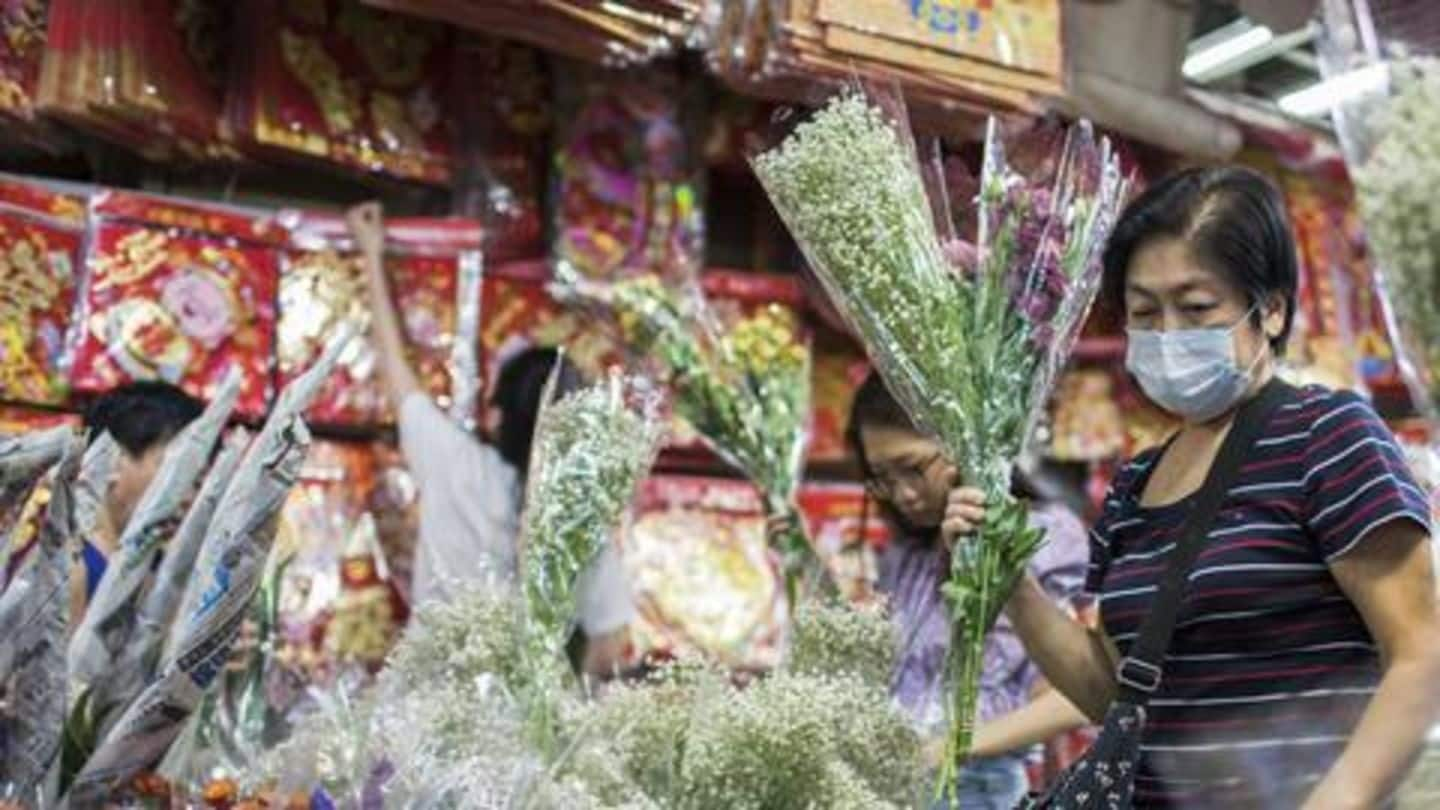
How Singapore tackled coronavirus and set an example for countries
What's the story
In Italy, the rise in deaths due to coronavirus breached 30% in a single day on Wednesday and the national tally has surged to 1,016. In stark contrast is Singapore, where the virus hit earlier but not even a single person has died. The number of confirmed cases is also less than 200. Clearly, the Asian country is doing something right. Let's understand what!
Beginning
The outbreak happened in Wuhan, but didn't remain limited there
From its epicenter in China's Wuhan, the coronavirus has traveled over 110 countries, infected 135,809 people, and according to Worldometers killed 4,990. With no vaccine or cure in sight, there is only one way to deal with it - by not allowing it to spread. Singapore understood this early on and aggressively launched measures, even when the World Health Organization (WHO) wasn't too sure.
Actions
WHO didn't recommend travel bans, Singapore did it anyway
As soon as coronavirus reports started coming in, Singapore went on an overdrive to produce materials needed for tests. To give a perspective, the US hasn't conducted enough tests, and chances are it will soon run out of material. By February 1, Singapore imposed restrictions on passengers coming from the mainland, a move which WHO deemed "inappropriate" then, but the island-nation did it anyway.
Tests
All flu-like and pneumonia case were tested in Singapore
Had Singapore not acted in a proactive manner, it would have seen the same fate as Italy or Iran. The country was the third one to be hit with the virus and by mid-February, recorded more than 80 infections, highest outside China. The health authorities decided to test all flu-like and pneumonia cases, in order to not leave any loose strings.
Threat
Singapore focused on testing, tracing, and isolating
For Singapore, the outbreak could have been catastrophic, considering it happened just in time of Lunar New Year when a lot of traveling happens. Singapore managed to "flatten the curve", a term used by health experts because it emphasized on testing. As per Harvard University public health researchers, at one point Singapore was testing three times more COVID-19 cases as compared to other countries.
Checking
People are checked for fever at almost every building
Residents are checked at almost every building they enter - schools, gyms, and government agencies. Those having normal temperatures get a sticker, and people are supposed to acquire 2-3 stickers every day. On the front page of newspapers, the government repeatedly urge residents to get themselves checked even if they develop mild symptoms. Obviously, schools and businesses were shut and large gatherings banned.
Costs
Testing and treatment is free of cost
To relieve people of worries related to medical costs, Singapore redid its financial system to ensure all tests and treatments are paid for. There are multiple government websites that impart real-time information about the disease, and some updates are also sent on WhatsApp. Detailed information about infected persons, their social contacts, and their locations is also shared with the citizens.
Punishment
Not only this, those who break rules are fined too
Further, self-employed people, who are isolated get $100/day from the government. However, it's not all about freebies for the citizens, as they have to strictly adhere to all the rules laid down by the administration. Officials carry out spot-on checks, and any person found flouting rules can be fined up to $10,000, or sent to prison for a maximum of six months.
Do you know?
Giving out false information has landed people in trouble
That Singapore government means business was reflected when visas of two foreign students were revoked for giving false information about their travels. Another local who left Singapore defying his stay-at-home order had to let go of his resident permit and was stopped from returning.
History
Lessons from SARS and swine flu helped Singapore
Singapore was able to initiate an exhaustive process against coronavirus because it took lessons from history. In 2002 and 2003, SARS killed 33 people in Singapore, forcing the country to come up with health infrastructure. Then in 2009, swine flu hit the nation, and it thought to implement its lessons from six years ago, but failed. When coronavirus surfaced, Singapore didn't take any chance.
Example
Singapore's model won't work always, but there are ample lessons
Replicating Singapore's style might not be feasible for populous countries, but the island nation showed turning blind eye to the problem doesn't solve it. The United States is lagging far behind as far as tests are concerned, and currently, it's impossible to identify hotspots. Similarly, European countries have also proved to be ineffective. But if there's one thing countries should learn from Singapore, it's coordination.